Good Well Hunting | Life in the Kingdom
When a sulfur-spewing spring makes life unbearable, a dowser is a good person to know.
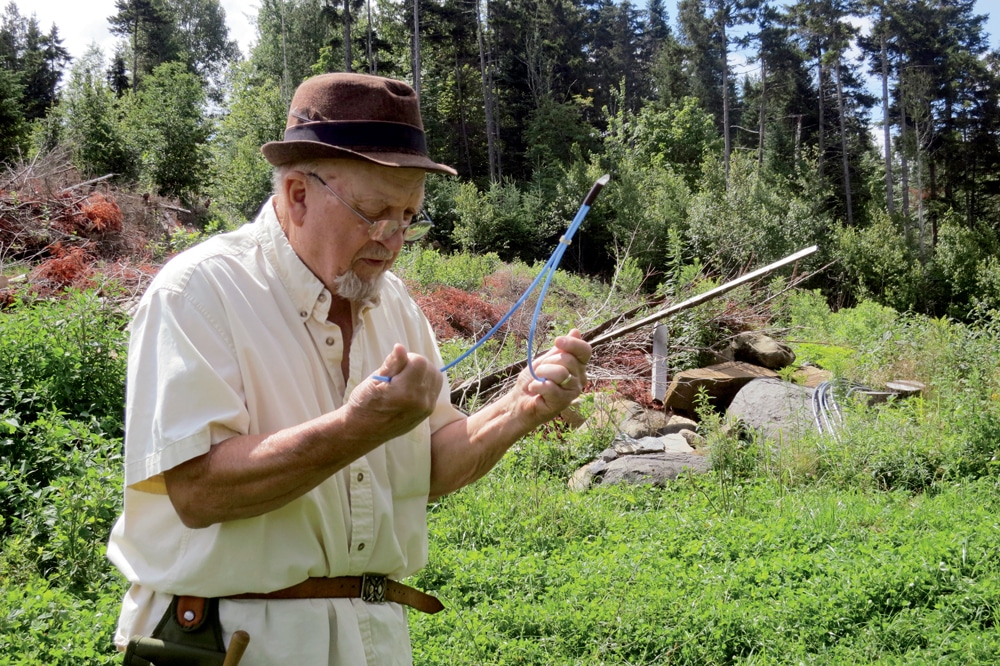
Coffee By Design | Portland, Maine
Photo Credit : Katherine KeenanBy the first of May, the last vestiges of the mildest winter in memory are long departed. I cannot recall a winter of such enduring timidity, and although I’m grateful for all the ways in which it made our lives easier during the inherent challenges of home building, I also feel a certain loss. There’s a particular satisfaction in making it through a real Vermont winter, in sticking it out to the bitter end of the below-zero nights and the bottom of the woodpile with your mental and physical well-being intact. Or one out of two, at least.
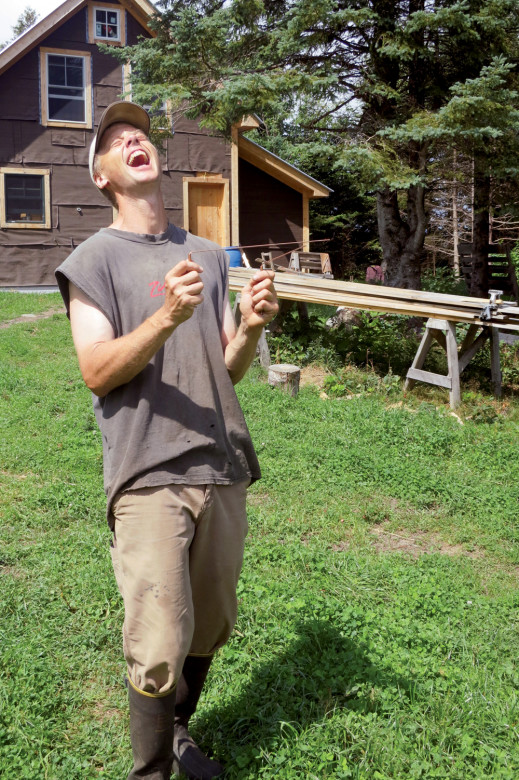
Photo Credit : Penny Hewitt
This spring, however, there’s none of that. We’d had nothing to endure but the lack of winter itself; why, the pipes in the unheated pantry of our new house froze only once. What’s more, they didn’t even burst! It’s an outrage, really.
Now, with the frost out of the ground and the first cutting of hay stacked neatly in the barn, we’re faced with a hard decision. For months we’ve been suffering the unpalatable water that our spring produces. At first, in the early weeks of developing the spring, we assumed the off taste was due to soil disturbance and the presence of decomposing organic matter. I took the excavator to the spring and scraped off all visible topsoil and forest detritus, replacing it with clay from the bottom of our pond site. But these efforts proved fruitless, as the water continued to smell and taste like an egg left in the sun too long, and it soon became clear that we’d inadvertently developed a sulfur spring. We installed a large carbon water filter in the house; within two weeks, the sulfur had overcome it. At $60 per filter, this is no long-term solution.
It’s difficult to overstate how discouraged I am by this turn of events. In the grand scheme of things, developing a sulfur spring ranks pretty low on the hardship scale, but the spring had been a source of pride for me. I’d never developed a spring before, but for this one I had my hands on every step of the process, learning as I went, all the while anticipating the unending stream of crystalline water soon to flow into our new home. Equally painful was the fact that we dumped better than $3,000 into the project. That’s a steep toll for water that turns the nose from a dozen feet.
The decision isn’t whether we should drill a well now—that’s pretty much a given—but rather where we should drill. That’s because there are never any guarantees when one drills for water. Drill over here, and you might hit water at 100 feet; drill over there, and it might be 300 feet. Or more: Just a stone’s throw from our place—far, far too close for comfort—there’s a 600-foot dry well. Given that the current price for drilling runs about a dozen bucks per foot, the implications are obvious. So, we decide to hire a dowser. And that, in short, is how we meet John Wayne Blassingame.
Blassingame arrives on an idyllic early summer morning, the sky azure blue above, the grass verdantly green underfoot. Within minutes, Penny and I know the following about him: He is 89 years old (though he doesn’t look a day older than 70), he’s found water in 26 states, he was drafted into the Navy right out of high school, and he has a 14-year-old biological daughter. The last seems a particular point of pride, and, honestly, who can blame him?
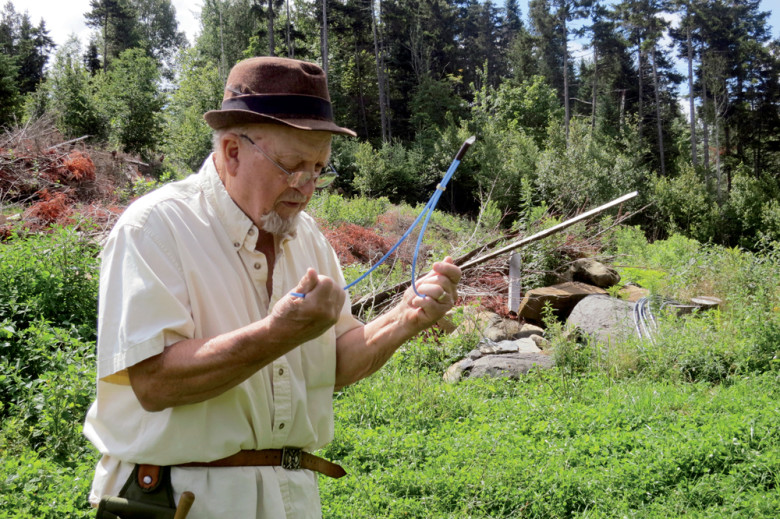
Photo Credit : Penny Hewitt
“It’s all about tuning into the subconscious,” explains Blassingame, when I ask about the tenets of successful dowsing. “The subconscious knows all sorts of things.” Furthermore, it’s critical to know the limitations of the practice. “It’s got to be sincere,” he says, as he extracts copper dowsing rods from a case in the bed of his truck. “It’s got to be based on need, not greed, or it won’t be accurate. And you can’t infringe on someone’s personal life.” He tells us about the time he was giving a dowsing workshop and a woman tried to dowse whether her husband was having an affair. “I grabbed those rods right out of her hands.”
Blassingame has brought along homemade rods for both Penny and me because he wants “our energy in it.” He hands us each a set of rods; they’re maybe 16 inches long, with a 6-inch-long L to be held in the hand. Over each L he’s installed a copper sleeve; this allows the rods to rotate freely in our hands. The first thing we do is “tune” our rods by explaining to them (yes, out loud) what we want them to do in response to our questions: cross tips when the answer is yes, and swing outward when the answer is no. We then ask a series of yes/no questions to which the answers are well-established fact. “Is my name Ben?” “Am I a little green frog?” And so on.
My rods provide the correct answer to every question, but this seems easy enough to dismiss. After all, it’s a very different thing to ask the rods if I’m a little green frog compared with asking them if we’re standing atop a vein of potable water and, furthermore, whether that vein will produce a sufficient flow of water and, furthermore still, to gauge the approximate depth of that water. Yet Blassingame says we can do it, and who am I to doubt an 89-year-old with a daughter just out of junior high?
With our rods tuned and our subconscious awareness on high alert, we turn to the task of finding water. Because we’d already buried lines from the spring to the house, our strong preference is to drill our well near enough to those lines that we can simply tap into them, rather than trench for new lines all the way from well to house.
Blassingame instructs me to make a pass in the hoped-for vicinity. I walk slowly across the area, repeatedly asking, “Is there water here?” until the tips of my rods cross. It’s an astonishing moment; it feels almost as if I couldn’t stop the rods from crossing. I repeat the process, with the same result. Penny goes next, and her rods cross at the exact same spot. Blassingame confirms our finding, then homes in on depth (250 to 300 feet), palatability and potability (affirmative on both accounts), and flow (at least 8 gallons per minute). “Have them drill right here,” he instructs, pounding a flagged stake into the ground. Within seconds, a butterfly alights atop it. This pleases Blassingame immensely. “That’s a good omen,” he says, and chuckles.
It’s more than three weeks before the drilling rig arrives, and I cannot deny that over this period, doubt creeps in. I pass the stake multiple times each day, looking for some sort of clue that we’ve chosen the right spot. But to the naked eye there is nothing to differentiate this small square of ground from the millions of small squares of ground surrounding it. I wonder: Could Blassingame have scammed us? At $250, his services weren’t exactly cut-rate, especially considering he was on-site for less than two hours. A quick round of Googling reveals a study claiming dowsers are no more reliable than coin flips. If this is true, the $250 doesn’t bother me nearly as much as the lingering uncertainty over how deep we’ll ultimately need to drill. I console myself by recalling the butterfly, whose wings were deep blue—the color of water.
Turns out, we’re not able to be home the day the drillers arrive. When we return at 6:30, the rig is perched in our yard, the bit deep in the ground at the precise spot we’d installed the stake. I run inside to call the driller; I simply can’t bear waiting until the next day to find out how far they’ve drilled, whether they’ve hit water, and, if so, the rate of flow.
“We got to 165 feet,” the driller tells me. He pauses for dramatic effect, and I steel myself—surely, something must have broken. Then he continues, “And we hit 50 gallons per minute. At least that’s what I think it is. Honestly, it was coming in so fast, we could hardly measure it.” I cover the telephone mouthpiece and let loose a whoop. Fifty gallons a minute at 165 feet is better fortune than I even dared dream. And it’s far, far better than what Blassingame promised. For a brief moment, I consider calling him to alert him that perhaps those rods weren’t fully tuned. After all, we were wrong. But darn it all, at least we were wrong in the right direction.





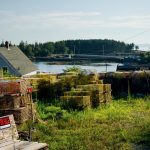
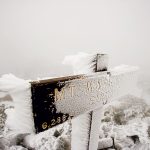

Dear John Wayne, So glad to read of your dowsing . . again! Yup. I’m still doing it, too. . for water and sometimes other totally unrelated items. You helped me get started! of course! Have to say that sometimes I use the old technique of rubbing the fingers together. . .especially when in a market, looking for fruit or veggies, that will be “just ripe” when we get to eat them. . . still playing attention to your warning to NOT look for the most ripe item. . . . as it will be too ripe when needed! All the best to you! Indigo felix!!! Lea
Dowsing can do wonders! I normally use a pendulum.